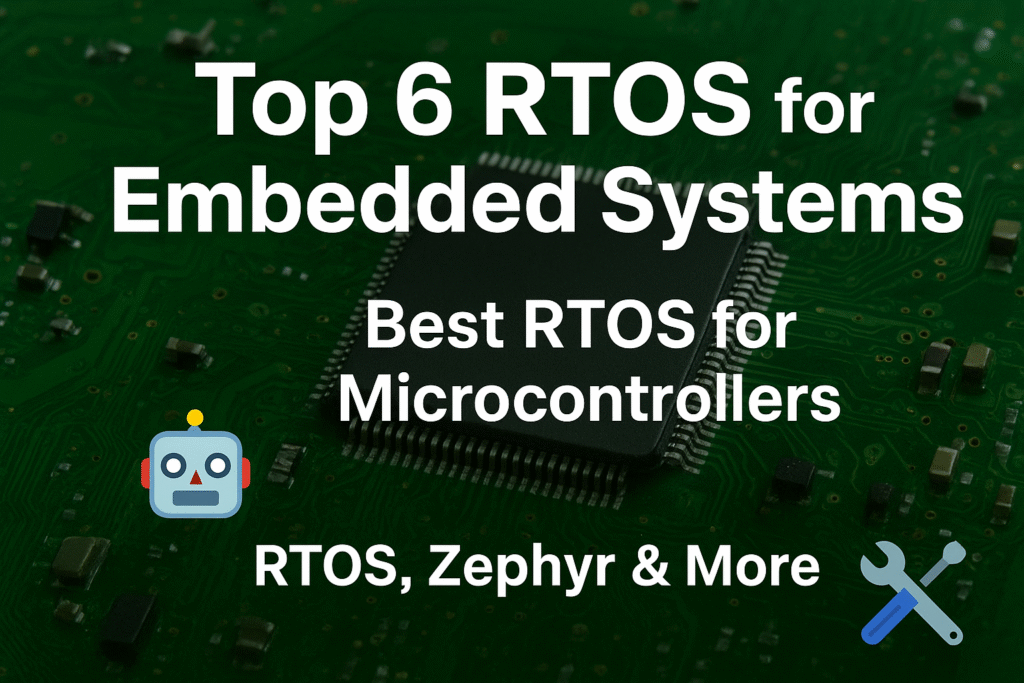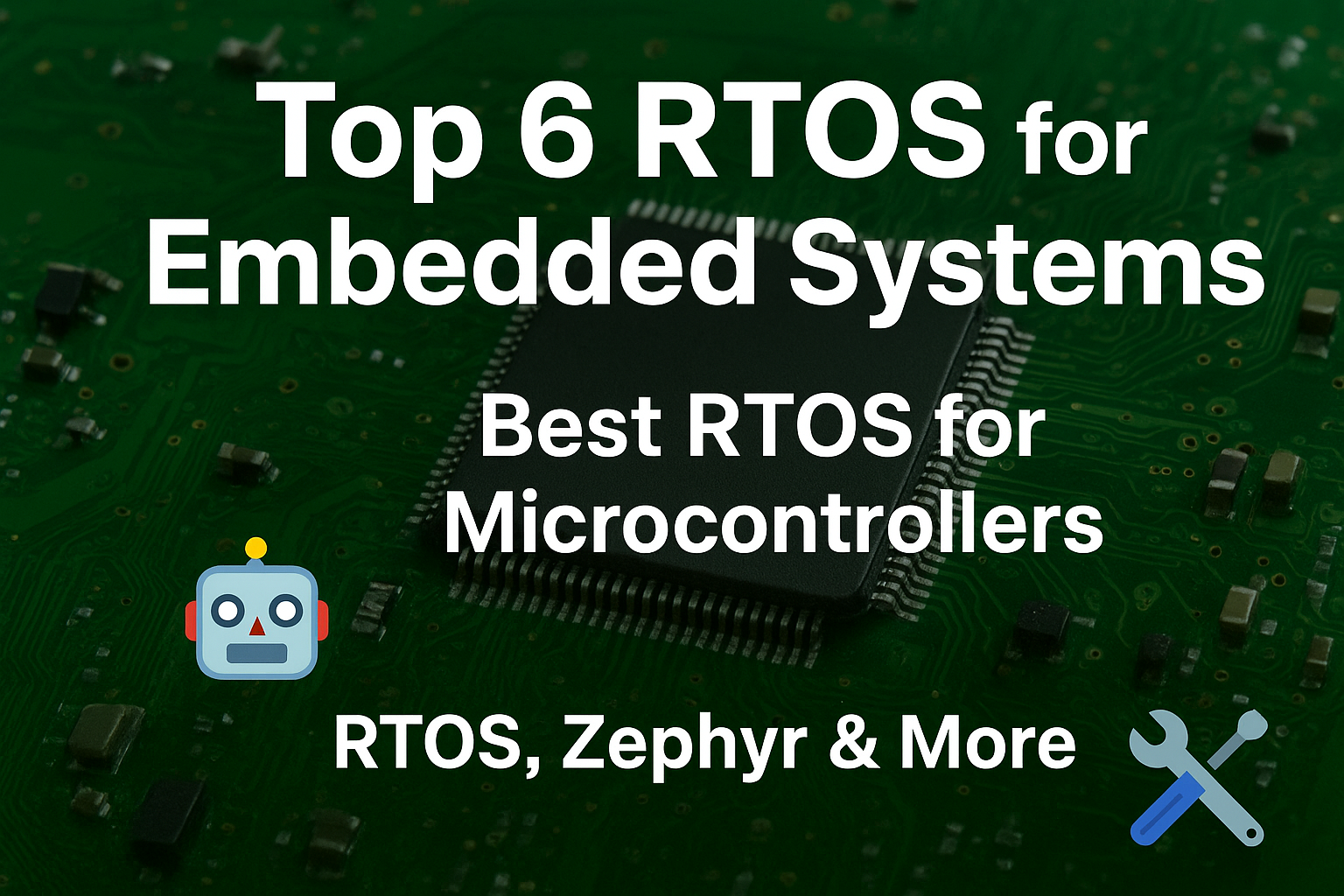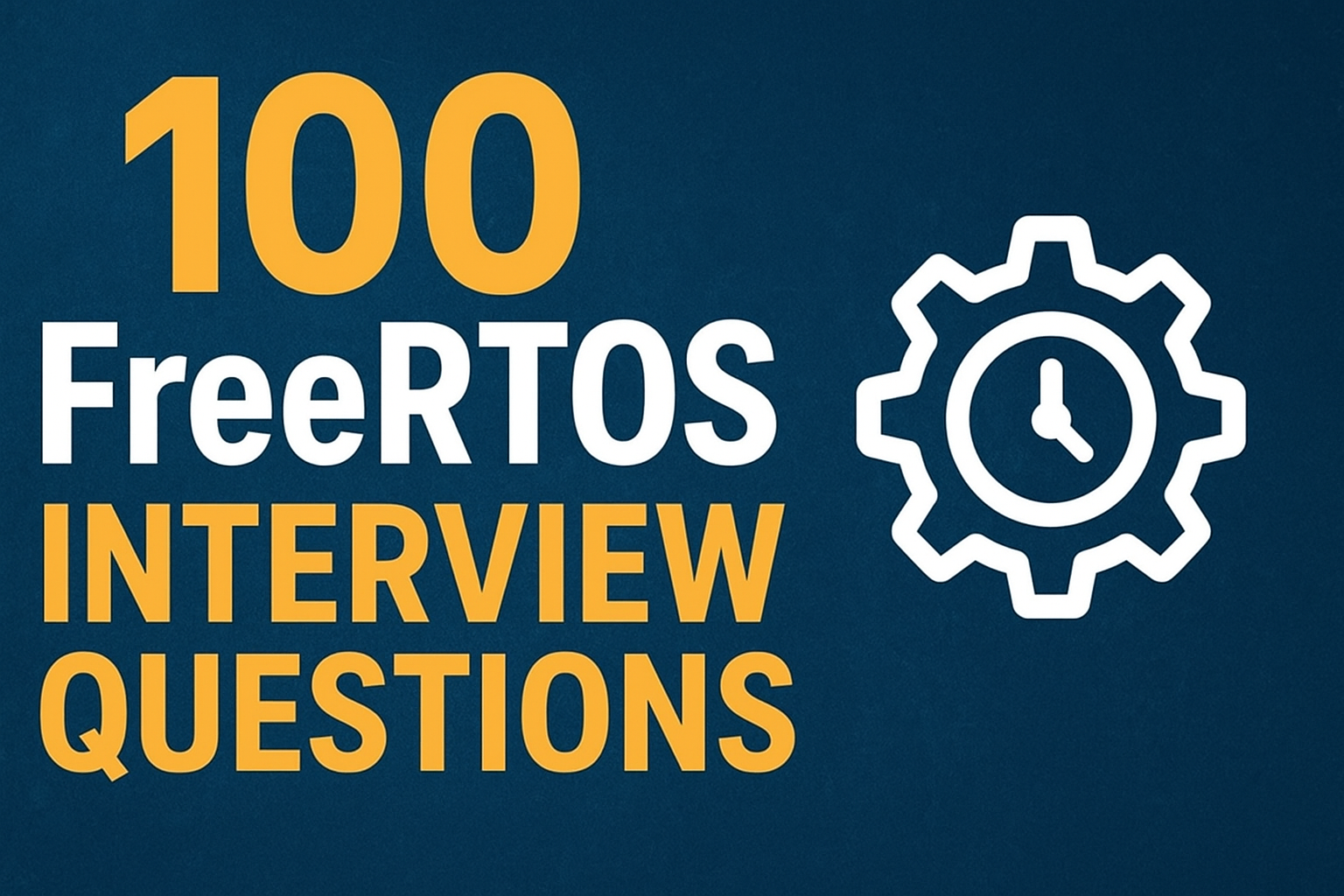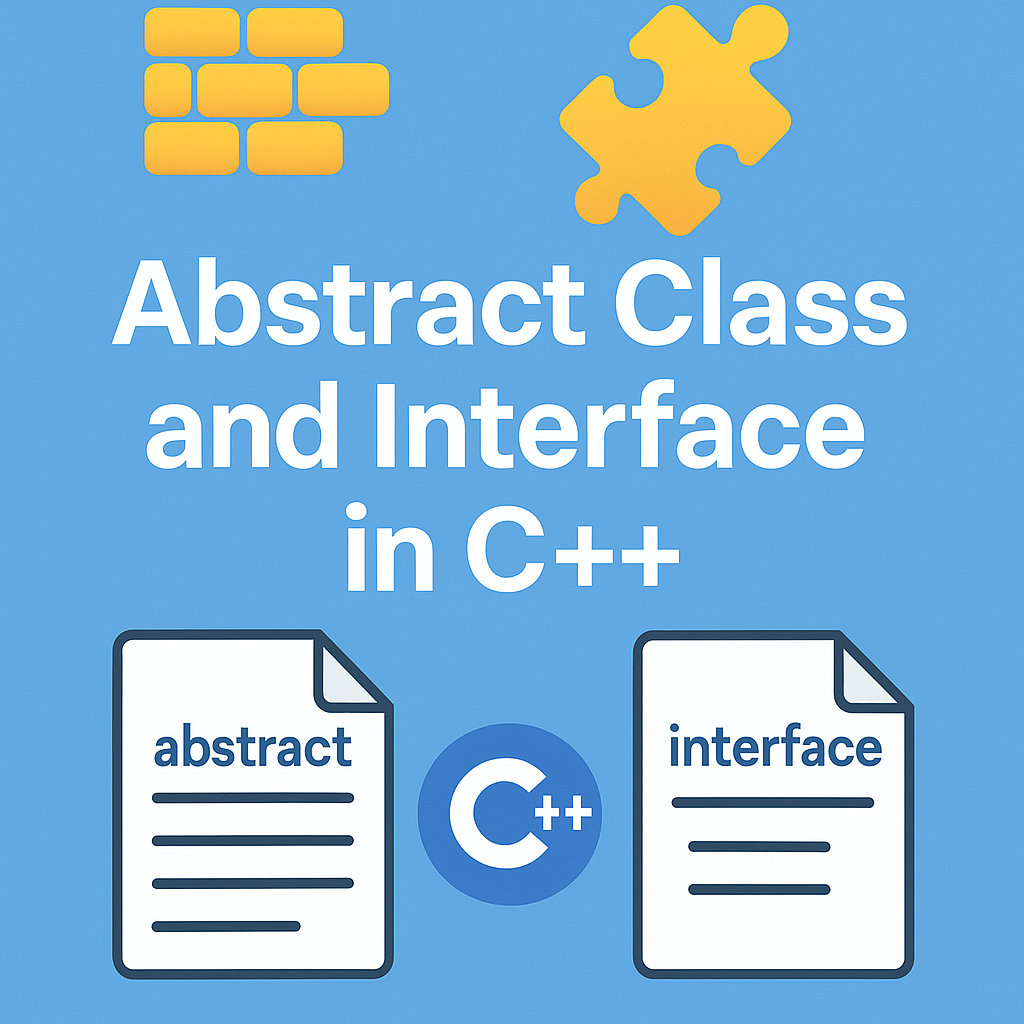Best RTOS for microcontrollers : When working with embedded systems, choosing the right Real-Time Operating System (RTOS) is essential. An RTOS provides predictable task scheduling, resource management, and timing accuracy—critical for applications like automotive systems, IoT devices, robotics, and medical equipment.
In this article, we’ll explore 6 popular RTOS software for embedded systems, highlighting their key features and use cases in a simple, beginner-friendly way.
6 Best RTOS for microcontrollers
1. FreeRTOS
FreeRTOS is one of the most widely used open-source RTOS. It is lightweight, portable, and designed for microcontrollers and small embedded devices.
Key Features:
- Open-source and free to use
- Supports over 40+ architectures
- Small memory footprint
- Large community support
Best For: IoT devices, low-power microcontrollers, and academic projects.
2. VxWorks
VxWorks is a commercial RTOS developed by Wind River. It is known for high performance and reliability in mission-critical applications.
Key Features:
- Real-time scheduling and deterministic behavior
- Strong security features
- POSIX-compliant APIs
- Extensive debugging and development tools
Best For: Aerospace, defense, automotive, and industrial automation.
3. QNX Neutrino RTOS
QNX is a microkernel-based RTOS trusted for its stability and fault tolerance. It is commonly used in safety-critical applications.
Key Features:
- Microkernel architecture for high reliability
- Scalability from small devices to large systems
- Strong focus on safety standards (ISO 26262, IEC 61508)
- Excellent inter-process communication
Best For: Automotive infotainment, medical devices, and industrial systems.
4. ThreadX (Azure RTOS)
ThreadX, now part of Microsoft Azure RTOS, is optimized for simplicity and performance.
Key Features:
- Fast real-time performance with low latency
- Integrated with Azure IoT services
- Small footprint (as low as 2 KB RAM)
- Pre-certified for safety standards
Best For: IoT products, wearables, and consumer electronics.
5. Micrium µC/OS-II & µC/OS-III
Micrium’s RTOS family is well-documented and widely used in commercial and educational fields.
Key Features:
- Preemptive multitasking
- Safety-certified kernels
- Rich documentation and examples
- Compatible with various microcontrollers
Best For: Medical devices, industrial controls, and educational use.
6. Zephyr RTOS
Zephyr is an open-source RTOS backed by the Linux Foundation. It is gaining popularity due to its scalability and community support.
Key Features:
- Open-source and royalty-free
- Supports multiple architectures (ARM, RISC-V, x86)
- Strong IoT integration
- Active developer community
Best For: IoT, smart home devices, and wearable technology.
Conclusion of Best RTOS for microcontrollers
Choosing the right RTOS software for embedded systems depends on your project needs. For beginners, FreeRTOS and Zephyr are great starting points due to their open-source nature and community support. For advanced, safety-critical applications, VxWorks and QNX are widely trusted in industries.
Frequently Asked Questions (FAQ) | Best RTOS for microcontrollers
1. What is the best RTOS for microcontrollers in 2025?
In 2025, the best RTOS for microcontrollers is still FreeRTOS due to its lightweight design, wide hardware support, and active community. However, Zephyr RTOS is quickly becoming a strong alternative for IoT-based microcontroller projects.
2. Why should I use an RTOS instead of bare-metal programming?
An RTOS provides task scheduling, multitasking, and resource management, making it easier to handle complex embedded applications. In bare-metal programming, the developer manages everything manually, which is harder to scale.
3. Which RTOS is most used in the industry?
- FreeRTOS is the most widely adopted in microcontrollers.
- QNX and VxWorks dominate safety-critical industries like automotive, aerospace, and medical.
- Zephyr is rapidly growing in IoT ecosystems.
4. What is the lightest RTOS for microcontrollers?
FreeRTOS and ThreadX (Azure RTOS) are considered the lightest RTOS options. They require very little RAM and ROM, making them ideal for small 8-bit and 32-bit microcontrollers.
5. Can I run Linux instead of RTOS on microcontrollers?
No. Linux requires more memory and processing power than most microcontrollers can provide. For resource-constrained devices, an RTOS is the best choice.
6. Which RTOS is free to use?
- FreeRTOS (MIT license)
- Zephyr RTOS (Apache 2.0 license)
Both are completely open-source and free to use in commercial or personal projects.
7. What is the difference between an RTOS and a general OS?
- RTOS: Provides deterministic timing and real-time scheduling for critical applications.
- General OS (like Linux/Windows): Focuses on throughput, user interaction, and multitasking without strict timing guarantees.
8. Is FreeRTOS the best RTOS for microcontrollers used in IoT?
Yes. FreeRTOS is the most popular choice for IoT devices because it is lightweight, works with cloud platforms like AWS, and supports a huge range of microcontrollers.
You can also Visit other tutorials of Embedded Prep
- Multithreading in C++
- Multithreading Interview Questions
- Multithreading in Operating System
- Multithreading in Java
- POSIX Threads pthread Beginner’s Guide in C/C++
- Speed Up Code using Multithreading
- Limitations of Multithreading
- Common Issues in Multithreading
- Multithreading Program with One Thread for Addition and One for Multiplication
- Advantage of Multithreading
- Disadvantages of Multithreading
- Applications of Multithreading: How Multithreading Makes Modern Software Faster and Smarter”
- Master CAN Bus Interview Questions 2025
- What Does CAN Stand For in CAN Bus?
- CAN Bus Message Filtering Explained
- CAN Bus Communication Between Nodes With Different Bit Rates
- How Does CAN Bus Handle Message Collisions
- Message Priority Using Identifiers in CAN Protocol

Mr. Raj Kumar is a highly experienced Technical Content Engineer with 7 years of dedicated expertise in the intricate field of embedded systems. At Embedded Prep, Raj is at the forefront of creating and curating high-quality technical content designed to educate and empower aspiring and seasoned professionals in the embedded domain.
Throughout his career, Raj has honed a unique skill set that bridges the gap between deep technical understanding and effective communication. His work encompasses a wide range of educational materials, including in-depth tutorials, practical guides, course modules, and insightful articles focused on embedded hardware and software solutions. He possesses a strong grasp of embedded architectures, microcontrollers, real-time operating systems (RTOS), firmware development, and various communication protocols relevant to the embedded industry.
Raj is adept at collaborating closely with subject matter experts, engineers, and instructional designers to ensure the accuracy, completeness, and pedagogical effectiveness of the content. His meticulous attention to detail and commitment to clarity are instrumental in transforming complex embedded concepts into easily digestible and engaging learning experiences. At Embedded Prep, he plays a crucial role in building a robust knowledge base that helps learners master the complexities of embedded technologies.




Leave a Reply